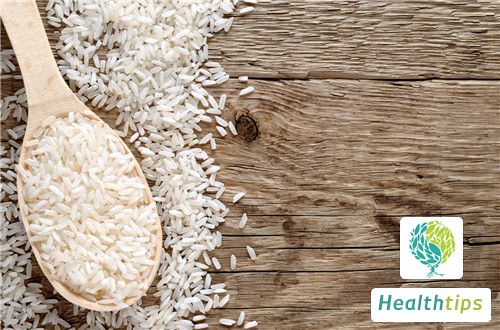As we all know, vacuum packaging can effectively extend the shelf life of food. If vacuum-packed rice expires, it is not recommended to consume it. Although the rice may not be spoiled and will not cause harm to health, the nutrients in expired rice will be greatly lost, and long-term consumption may lead to malnutrition. If mold or odor appears in expired rice, it should not be consumed.
 The shelf life of vacuum-packed rice is about two years. If the rice is expired but not spoiled, it can still be consumed, but it is not recommended to eat expired rice. Although such rice will not affect health, a large amount of nutrients have been lost, and long-term consumption may easily lead to malnutrition. Expired vacuum-packed rice will also affect the taste of rice. If mold or odor appears, it should not be consumed, as it may easily produce toxic substances in the body and cause food poisoning. Therefore, expired vacuum-packed rice is not recommended for consumption.
The shelf life of vacuum-packed rice is about two years. If the rice is expired but not spoiled, it can still be consumed, but it is not recommended to eat expired rice. Although such rice will not affect health, a large amount of nutrients have been lost, and long-term consumption may easily lead to malnutrition. Expired vacuum-packed rice will also affect the taste of rice. If mold or odor appears, it should not be consumed, as it may easily produce toxic substances in the body and cause food poisoning. Therefore, expired vacuum-packed rice is not recommended for consumption.
If air leakage is found in vacuum-packed rice, or if the rice appears black or green, it is also not recommended for consumption to avoid harm to health. When eating rice, it is recommended to wash it twice at most. Excessive washing may affect the taste and nutritional value of the rice.
After long-term storage, the starch, fat, and protein in rice will undergo various changes due to the influence of temperature, moisture, and other factors, resulting in the loss of the original color, aroma, and taste of the rice, as well as a decrease in nutritional value and edible quality. Even toxic and harmful substances (such as aflatoxin) may be produced. Storage time, temperature, moisture, and oxygen are the main factors that affect the aging of rice. Additionally, rice varieties, processing accuracy, bran content, and insect and mold infestation are also closely related to rice aging. The aging speed of rice is directly proportional to the storage time, and the longer the storage time, the heavier the aging. High moisture content, high temperature, poor processing accuracy, and high bran content can accelerate the aging of rice. Among different types of rice, glutinous rice ages the fastest, followed by japonica rice, and then indica rice. Therefore, to maintain the freshness and palatability of rice, it is recommended to reduce the storage time and keep it in a cool and dry place.
The optimal conditions for storing rice are a low temperature below 15°C, a relative humidity of 75%, and a moisture content of 14.5%. Rice can be stored in the form of rough rice, brown rice, or white rice. The former two have a living state and can be stored for a longer period, while the latter is non-living and not suitable for long-term storage.




















